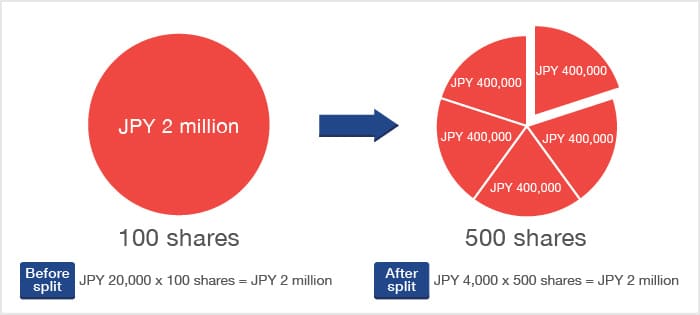Market News
Data & Statistics
Listed Companies
Equities, Debt, Funds
Derivatives
Rules & Trading Participants
Systems
Self-Regulation
Clearing & Settlement
![]() Close
Close
Market News
Data & Statistics
Listed Companies
- Company Announcement Service
- Listed Company Search
- Corporate Governance Information Search
- Number of Listed Companies/Shares
- New Listings/ Transfers/ Delistings
- Market Alerts
- Measures against Listed Companies
- Other Information
- Earnings Announcements/ Annual General Shareholders Meetings
- Introduction of Listed Companies
Equities, Debt, Funds
Derivatives
Rules & Trading Participants
Systems
Self-Regulation
Clearing & Settlement
- For Individual Investors
- For Listed Companies
- For Prospective Issuers
- For Trading Participants
- For Institutional Investors
- For Media
Recommended Contents
- TSE Daily Report
- Daily Report
- Equities Market Summary
- Stock Price Index - Real Time Values
- Daily Publication, etc., Concerning Margin Trading
- Regulatory Measures, etc., Concerning Margin Trading
- Short Selling Value
- Special Quotations
- JPX Monthly Headlines
Our Markets
Featured Products
- Stocks (Domestic)
- ETFs
- REITs
- TOKYO PRO Market
- TOKYO PRO-BOND Market
- Nikkei 225 Futures (Large Contracts)
- TOPIX Futures (Large Contracts)
- 3-Month TONA Futures
- Nikkei 225 mini Options
- Gold Standard Futures
- Platts Dubai Crude Oil Futures
External Links
Equities, Debt, Funds
Listing (Domestic Stocks)
Listing
Continued Listing Criteria
Delisting Criteria
Code of Corporate Conduct
Enforcement Measures
Timely Disclosure System
Enhancing Corporate Governance
Independent Directors/Auditors
Reduction of Investment Unit / Mechanism and Effects of Share Split
Listing Fees
![]() Close
Close



